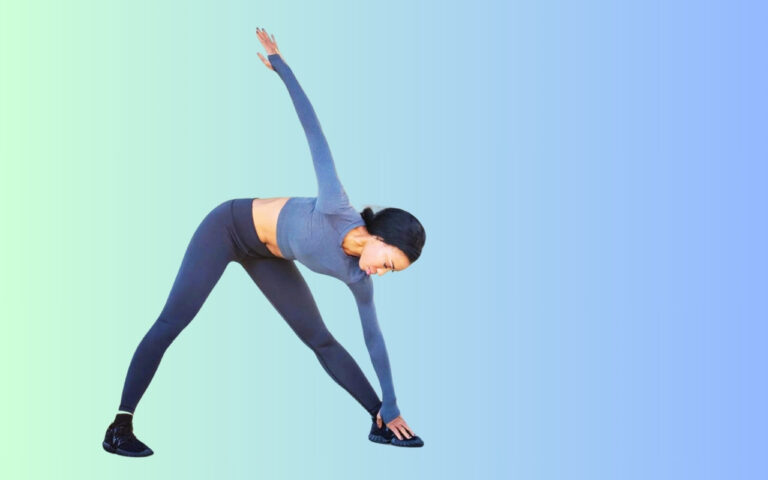What Is Steady State Cardio? Explained Simply
Steady State Cardio: If you want to better your heart health and increase your endurance, steady state cardio is perfect. It’s a low-intensity way to get your heart rate up and move your body. It’s easy on your joints and muscles.
Steady state cardio is a type of cardiovascular exercise. You keep a steady effort for 30 to 120 minutes. Your heart rate should be in “Zone 2,” which is 60-70% of your max heart rate.
This intensity is enough to boost your aerobic fitness but not too hard to keep up for a long time.
What Is Steady State Cardio
Steady state cardio is a workout that keeps your heart rate steady. It’s done at a fixed intensity. This type of exercise boosts your heart health, increases endurance, and helps burn fat.
The workout can last from 30 to 60 minutes. It depends on your fitness level. For low-intensity, aim for a heart rate of 50-65% of your max. For moderate, it’s 64-76%. This consistent effort improves your heart health and burns fat.
Benefits Of Steady State Cardio :
Improved Cardiovascular Health
Steady state cardio is good for your heart. It makes your heart stronger and more efficient. This means your heart rate goes down when you’re not exercising.
Regular cardio also boosts your heart’s ability to pump blood. This lowers your risk of heart disease. It’s a key part of staying healthy.
Increased Endurance and Stamina
Steady state cardio helps you last longer in activities. It makes your muscles more efficient at using energy. This is because of tiny parts called mitochondria.
It also works your slow-twitch muscles. These muscles don’t get tired easily. So, you can do more without getting out of breath.

Effective Weight Loss and Fat Burning
Steady state cardio is great for losing weight and burning fat. It should be done at a moderate intensity. This is when your body uses fat for energy.
By keeping up this intensity, you burn more calories. This helps you lose weight. Do it regularly for the best results.
| Intensity Level | % of Maximum Heart Rate | Perceived Exertion Scale |
|---|---|---|
| Low | 50-60% | 3-4 |
| Moderate | 60-70% | 5-6 |
| High | 70-80% | 7-8 |
Low-Impact and Accessible for All Fitness Levels
Steady state cardio is easy on your joints. It’s perfect for everyone, from beginners to advanced athletes. You can start with walking or cycling and get more intense as you get better.
Most importantly, choose cardio exercises you like. Enjoying your workouts makes sticking to them easier. This way, you’re more likely to reach your fitness goals.
Freezing Vegetables: Is It OK? Essential Tips
Common Examples of Steady-State Cardio
- Jogging or Running: Running at a moderate pace for 30-60 minutes.
- Cycling: Riding a bike on flat terrain at a steady, moderate speed.
- Brisk Walking: Walking quickly enough to elevate your heart rate but not so fast that you can’t sustain it.
- Swimming: Performing continuous laps at a moderate speed.
- Elliptical Training: Using an elliptical machine at a consistent intensity.
How Steady State Cardio Differs from Interval Training
Steady state cardio keeps your effort level the same. Interval training, on the other hand, switches between high and low intensity. It’s done at an intensity that makes your body produce more lactate than it can clear.
| Steady State Cardio | Interval Training |
|---|---|
| Consistent effort level | Alternating high and low intensity |
| Aerobic threshold (50-76% of max heart rate) | Anaerobic threshold (above 76% of max heart rate) |
| Alternating high and low-intensity | Glycogen and lactate as primary energy sources |
| Longer duration (30-60 minutes) | Shorter duration (10-30 minutes) |
| Improves cardiovascular endurance | Improves cardiovascular endurance and power |
Adding both steady-state cardio and interval training (HIIT) to your routine is smart. It helps improve heart health, boosts endurance, and aids in weight loss. HIIT can burn more calories and keep your metabolism high after working out.








One Comment